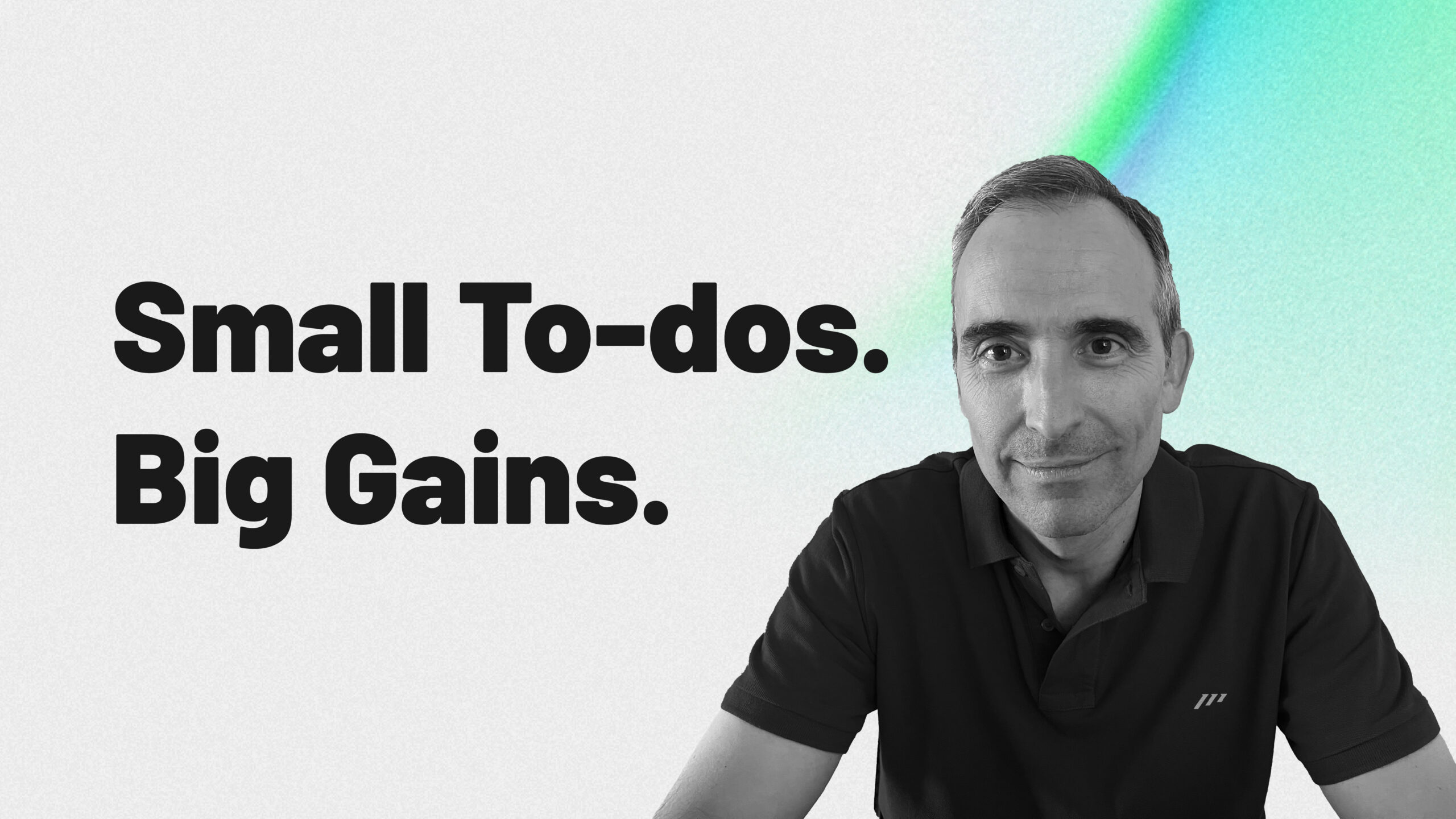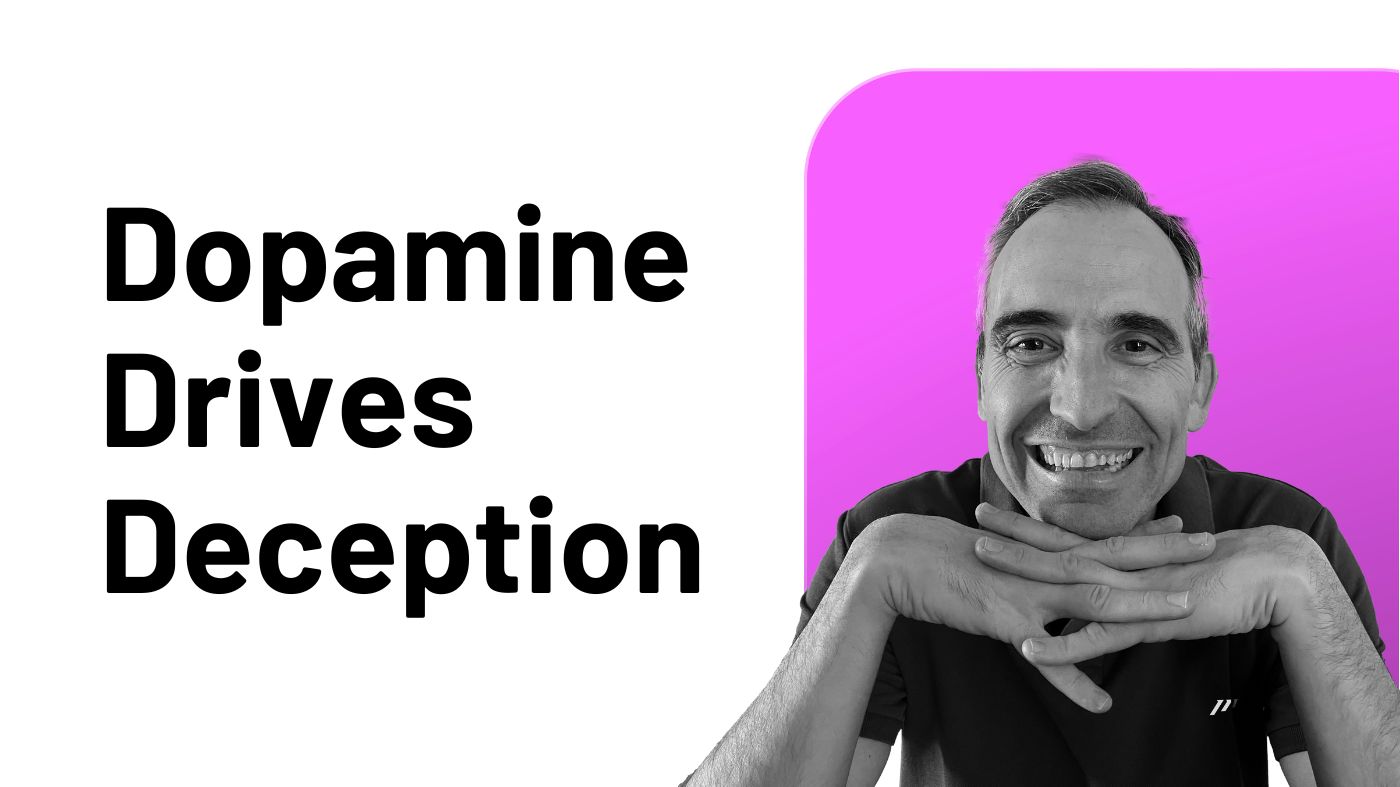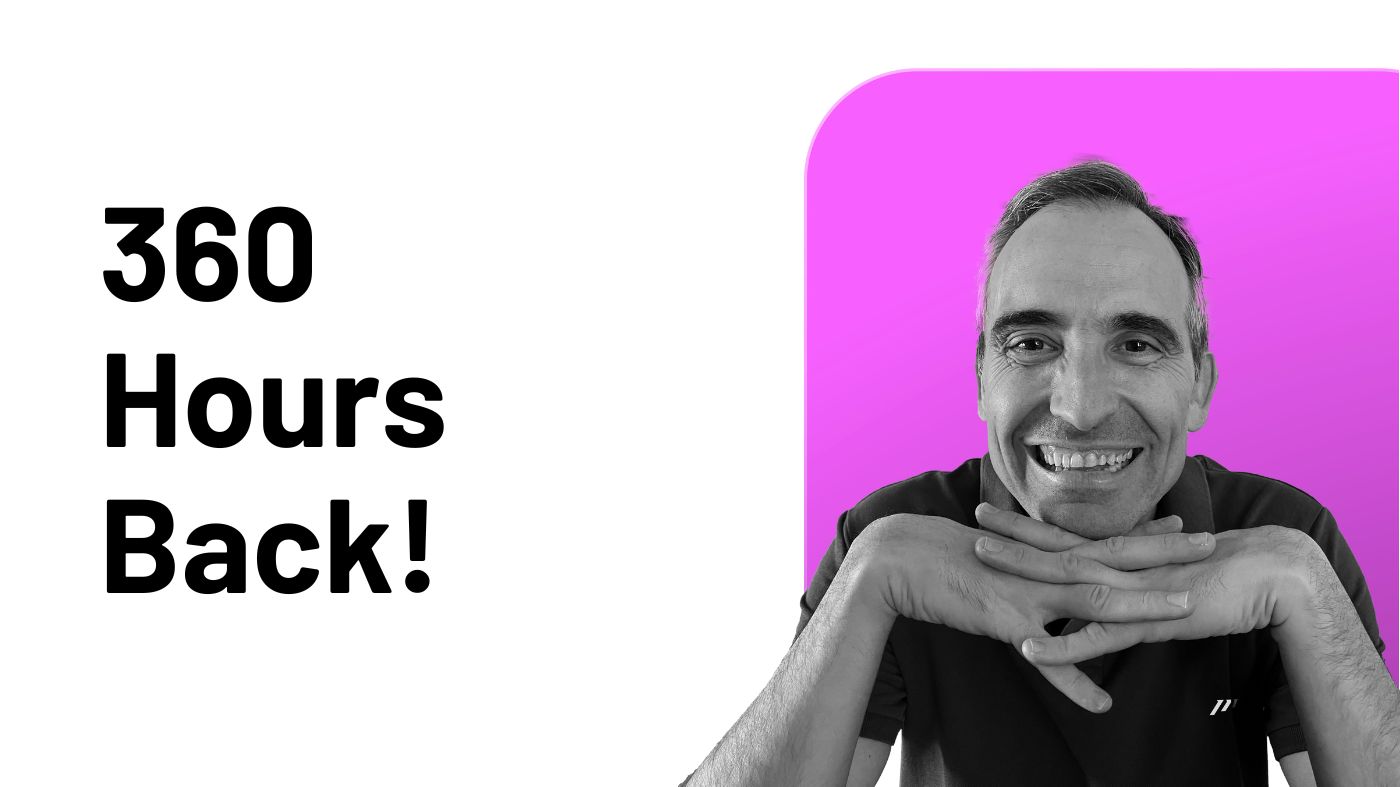As a busy professional, you know small to-dos are a pain in… Well, you know what they are.
You know they can pop up when you least expect them, and managing them can be a real challenge.
You might jot them down and hope to tackle them at some point, but there’s never a guarantee.
And it gets trickier when these small tasks distract you from your main priorities and goals.
They often represent shallow work, which might not lead to significant progress.
However, some of these tasks can be crucial, so how can you manage them effectively?
In this article, I’ll explore a simple yet effective technique for handling these small to-dos while staying focused and engaged.
Let’s get started!
Learning from My Wrong First Approach
For decades, I’ve tried many things: all types of workflows, all types of apps, all types of everything.
Now, I want to share a versatile approach to help you grasp the key concepts and make a real difference in your life.
Let’s start with my first approach, the wrong one, to understand my final approach better.
I used to struggle with the traditional, hierarchical systems of organization, full of folders and subfolders.
When I discovered the liberating world of flat and unstructured organization, I eagerly embraced it “to the limit” because I was fed up with always trying to find the right place for every piece of information.
Constantly searching for the right place to store information was draining and time-consuming, and it only added to the daily information overload.
To cope with this, I began tossing small to-dos into my micro-management tool, processing them daily and deciding whether to tackle or postpone them.
But, it soon became apparent that this method was far from ideal.
When organizing and processing began to take up more time than actually doing the tasks, I knew something had to change.
My micro-management tool was a chaotic mess, filled with hundreds of items that only added to my stress.
That’s when I developed my current approach, which has been serving me well for years.
Moving from Chaos to Clarity: My Successful New Approach
Finding balance is essential in life, and this is true for business purposes as well.
It’s unwise to rigidly stick to structured systems or dive headfirst into the flat world.
Instead, taking the best from both approaches is the wiser decision.
Applying some of my core productivity principles (batching, time-blocking, and minimalism) again led me to the right solution.
I created a single container for all my small to-dos, providing numerous benefits:
- Improved focus, with just one place to check for small to-dos.
- Increased clarity, as my micro-management tool remains uncluttered.
- Enhanced productivity through batching, a proven technique for peak performance.
- Better time management via time-blocking, the time management technique that only works for me.
As you can see, this container is, in fact, a time block.
And this is how I make it work:
- I’ve allocated 30 minutes daily for tackling small to-dos, scheduling this during low-energy periods since these to-dos don’t require my full capacity.
- When the time block begins, I quickly prioritize my to-dos (in just 2–3 minutes) and start working through them.
- After 30 minutes, I stop, regardless of progress!
Don’t fret. You’ll have another 30 minutes tomorrow to continue your progress!
Takeaways
I can’t emphasize this enough: consider your future self.
A touch of extra effort now can make a world of difference later.
For me, instead of taking the easiest route (tossing tasks haphazardly as they come), I added a small, manageable step by placing them in a “designated bucket” (a “task” using ICOR® terms).
This minor change makes my future self more efficient and grateful for a well-prepared workflow.
Beginning with an easy starting point sets the stage for success.
It combats procrastination and encourages action, the key to getting things done!




